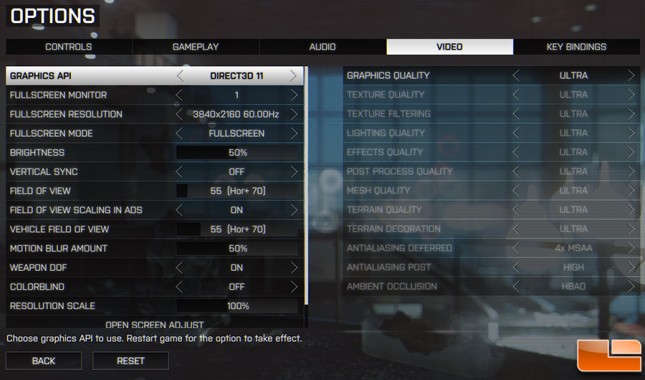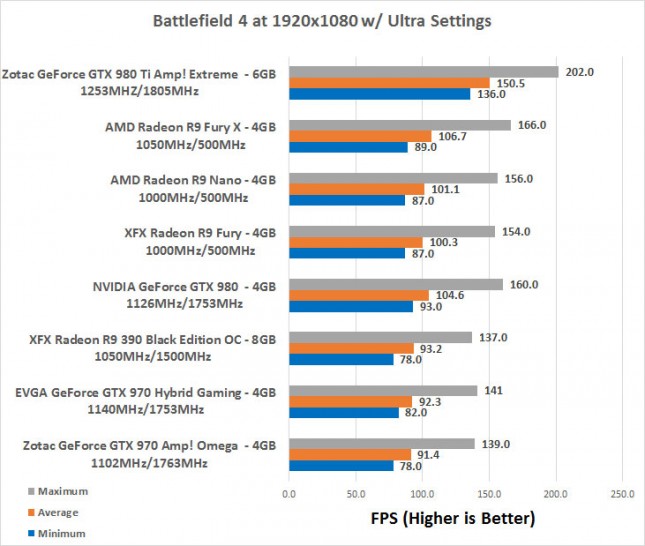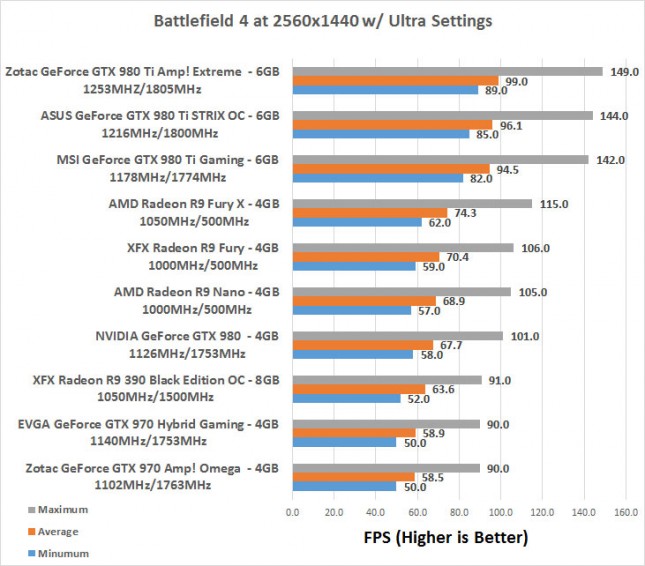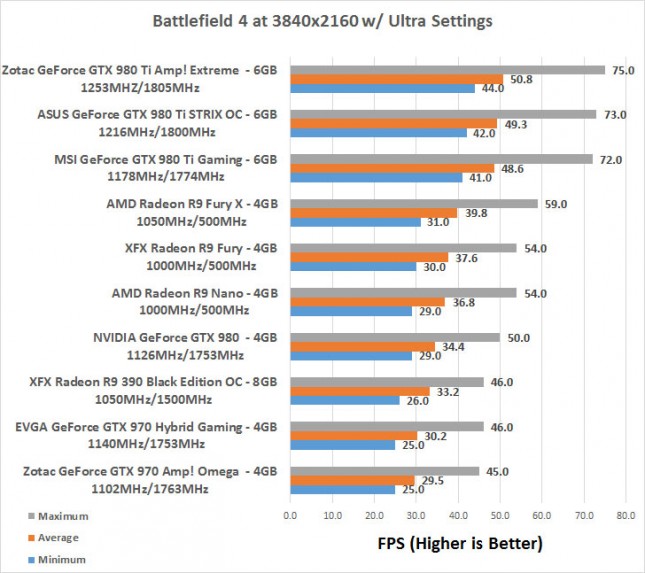XFX Radeon R9 Fury Triple Dissipation Video Card Review
Battlefield 4
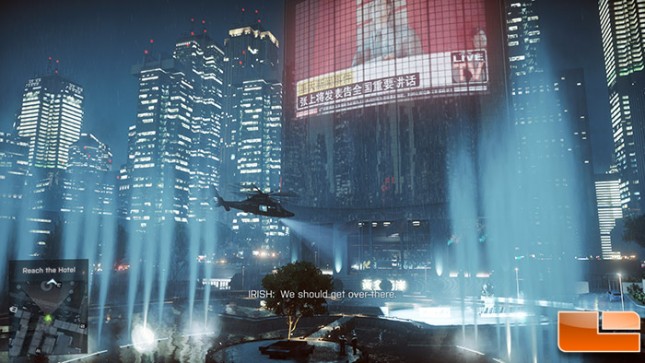
Battlefield 4 is a first-person shooter video game developed by EA Digital Illusions CE (DICE) and published by Electronic Arts. It is a sequel to 2011’s Battlefield 3 and was released on October 29, 2013 in North America. Battlefield 4’s single-player Campaign takes place in 2020, six years after the events of its predecessor. Tensions between Russia and the United States have been running at a record high. On top of this, China is also on the brink of war, as Admiral Chang, the main antagonist, plans to overthrow China’s current government; and, if successful, the Russians will have full support from the Chinese, bringing China into a war with the United States.
This game title uses the Frostbite 3 game engine and looks great. We tested Battlefield 4 with the Ultra graphics quality preset as most discrete desktop graphics cards can easily play with this IQ setting at 1080P and we still want to be able to push the higher-end cards down the road. We used FRAPS to benchmark with these settings on the Shanghai level. All tests were done with the DirectX 11 API.
Benchmark Results: The AMD Radeon R9 Nano was actually slightly faster than the XFX Radeon R9 Fury at 1920×1080, but not by much and you won’t tell the different while gaming unless you used FRAPS and test it like we do!
Benchmark Results: When you move up to a 2560×1440 display we found the Radeon R9 Fury pulled ahead of the Nano card by just 1-2 FPS across the board.
Benchmark Results: When it comes to 4K Ultra HD gaming the XFX Radeon R9 Fury was again found to be just 1 FPS faster on average than the Radeon R9 Nano. It was also found to be faster than the NVIDIA GeForce GTX 980 reference card, but was slower than the GeForce GTX 980 Ti partner cards.

